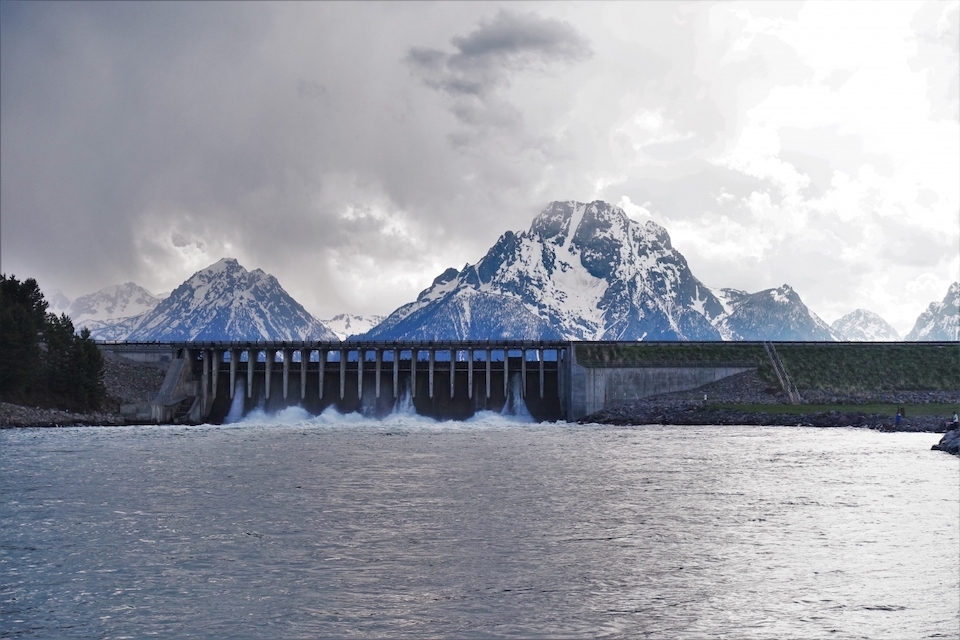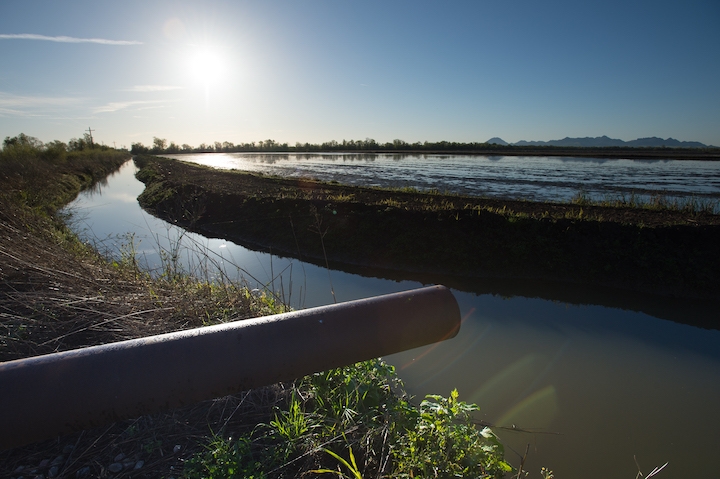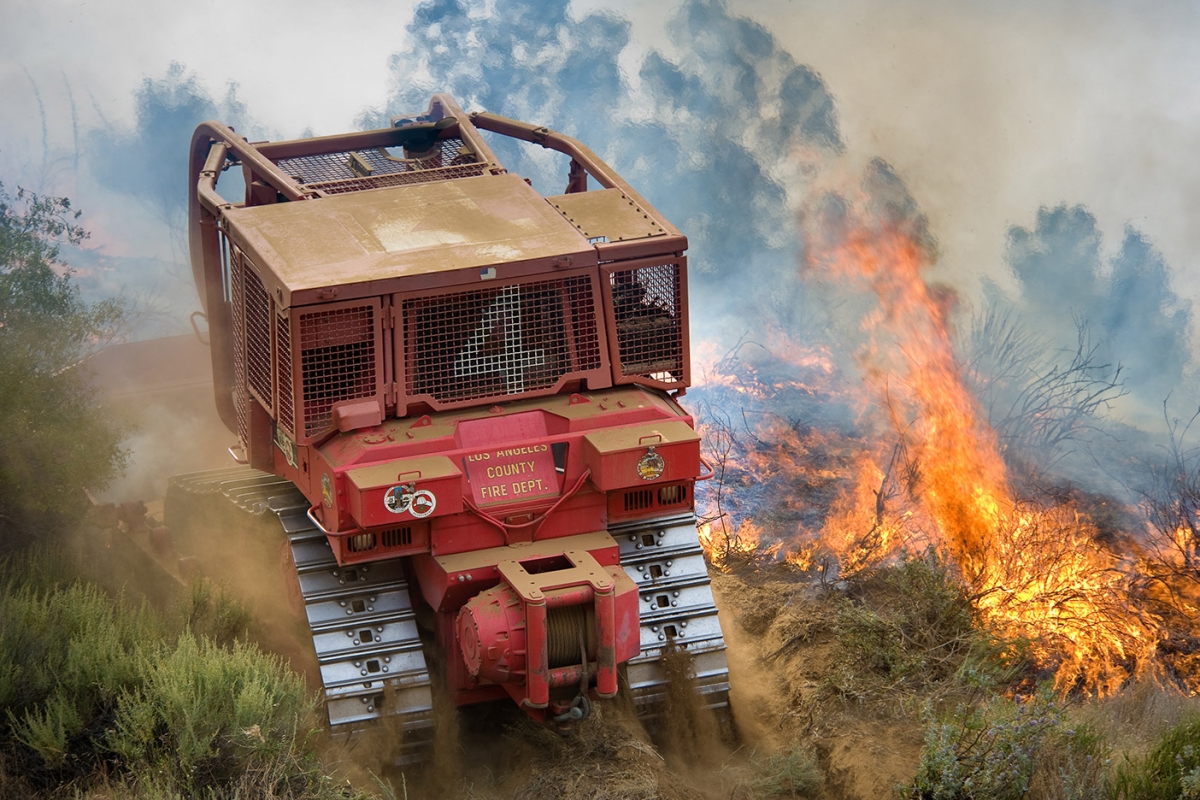Knowledge leads to solutions when scholars join forces with members of affected communities to inform decision-makers. The Woods Institute facilitates that evolution by forging relationships and fostering dialogue between cross-sector experts, practitioners, resource managers, and community members who can best inform those who make and implement decisions affecting the environment. The Institute plays an important role helping leaders and other decision-makers address sustainability challenges by serving as a trusted source of scientific research and a neutral convener of diverse interests with the ability to co-develop practical solutions to pressing environmental concerns.
Uncommon Dialogues are the Woods Institute's signature method for convening cross-sector experts and stakeholders to surface and analyze research findings, economic influences, social insights and market or policy-based solutions to address specific environmental challenges. These invitation-only forums are designed and led by Stanford experts. The Dialogue format brings together business, government, NGO and foundation leaders together with experts from Stanford and other academic institutions for robust conversation and exchange of views. The aim is to create a two-way flow of information to improve decision-making as well as to identify knowledge gaps and potential areas of new research inquiry for Stanford scholars. The goals for Woods Uncommon Dialogues are to:
- · Encourage constructive dialogue among strategic stakeholders on important environmental challenges
- · Build trust and foster relationships between academia and the public and private sectors
- · Ensure Stanford is contributing its knowledge to real-world decisions and actions
- · Foster long-term partnerships and collaborations
Past Uncommon Dialogues have informed the formation of California's landmark Sustainable Groundwater Management Act, and brokered an agreement between hydropower and conservation groups that underpins significant new infrastructure legislation introduced by Congress in Summer 2021. Read details about these and more of our past dialogues and workshop below. To learn more about how Woods dialogues operate or to propose a topic, contact Lea Rosehbohm, Associate Director for Policy and Engagement, at lrosenbo@stanford.edu
Approximately 2,500 out of the 90,000 dams in the federal National Inventory of Dams include hydropower facilities. Across the United States, dams serve many roles including electricity generation, flood control, irrigation, navigation, water supply, and recreation. Some dams, however, pose safety risks if they have not been properly maintained or have out-lived their useful lives. Between 2018 to 2020 Stanford University’s Steyer-Taylor Center for Energy Policy and Finance and the Stanford Woods Institute for the Environment launched a series of six Uncommon Dialogues among a group of key stakeholders to develop an agreement and action plan for these dams. Dialogue participants included non-governmental organizations, hydropower companies, trade associations, government agencies, universities, and investors.
OUTCOMES: The agreement and action plan was covered in multiple news stories and articles including an exclusive NYT article; Legislation based on the recommendations was introduced in both the U.S. House and Senate and a letter to President Biden was written and signed by 40 Members of Congress recommending that the Dialogues’ agreement and action plan be included in the Administration’s infrastructure proposal.
California signed into law the Sustainable Groundwater Management Act (SGMA) in 2014 to address the state’s persistent and intractable water challenges. The law required new coordination across multiple jurisdictions and levels of government. To help inform the implementation of SGMA and how to meet its requirements, the Program on Water in the West -- a joint initiative of Woods and the Bill Lane Center for the American West -- worked with partners including The Nature Conservance and the University of California to convene a series of three Uncommon Dialogues with participants from key state agencies, groundwater stakeholders and water agencies. Held between 2017 and 2018, the series covered topics including: Groundwater Quality and Management; Tools and Methods for Assessing Groundwater-Surface Water Connectivity; Coordination between Land Use Planning and Groundwater Management.
OUTCOMES: Reports were produced from each dialogue and came to serve as valuable resources for stakeholders trying to implement SGMA
In response to the West Coast Ocean Acidification and Hypoxia Science Panel’s Recommendation 3 (Revise water quality criteria), 25 experts were convened at Stanford University on October 17–18, 2016, to chart a path toward development of ocean acidification (OA) water quality goals. Participants were asked to help develop goals that in the short term could be used as management tools for defining monitoring needs and for interpreting modeling and monitoring output, and in the longer term could form the foundation for water quality criteria. The workshop had three objectives: 1) Identify the chemical parameters and biological indicators that are most appropriate for assessing the status of ocean acidification; 2) Prioritize the research needed to advance the parameters and indicators toward use as water quality goals; and, 3) Pinpoint the biggest impediments to development of criteria from these goals and actions that can be taken to lessen those impediments.
OUTCOMES: A summary report from the dialogue was produced and disseminated to key stakeholders including the Ocean Protection Council.
As the effects of existing climate change become increasingly apparent, focus on the development of adaptation measures has grown. Coastal communities are on the front lines of a changing climate. Rising, warming seas are contributing to stronger storms, higher extreme sea levels, and associated coastal flooding. These shifting hazards amplify risks for people, valuable assets, essential infrastructure, and important economic industries such as energy production and shipping. They also pose risks for human security, for example through impacts on migration, culture, territorial integrity, and national security. To prepare for and respond to such risks, U.S. policy makers across all levels of government --national to local -- need sound, actionable evidence in support of critical decisions. From 2017 to 2020 the Hoover Institution, the Stanford Woods Institute for the Environment, and the Woodrow Wilson International Center for Scholars jointly convened a series of six discussions focused on pathways to solutions for our coastal challenges. The last two Dialogues included wildfire resilience as a focus to compare and contrast the set of solutions and options for both extreme events.
OUTCOMES: A report summarizing the conversations and the action items identified was produced and widely disseminated among the federal climate change policy community, including Congressional offices. A briefing was convened and attended by nearly 100 Congressional staff.







